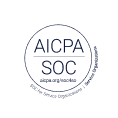
In this guide
How to enhance design efficiency through continuous user feedback
How to enhance design efficiency through continuous user feedback

One of the most powerful tools in a designer’s toolbox is feedback. Design teams make critiquing work and gathering input from colleagues and peers a regular part of their creative process. Most designers wouldn’t dream of launching a design without first getting feedback from their peers.
In fact, according to UserTesting’s annual CX Industry Report, 77% of designers report that they should get user feedback before launching any new or updated design. Yet when asked how often various experiences were tested with users, designers reported that only a few were being tested on a regular basis.
This gap introduces risks into your customer experience design: launching designs that don’t resonate with users, less confident decisions, and time-consuming rework. To create truly user-centered designs, feedback should be collected at every stage of the design process.
In this guide, we’ll share real-life examples of how design teams use feedback to guide their decisions and provide actionable tips for using user feedback to increase design efficiency.
This guide is organized with tips and examples so that you understand how and why to test during:
- Early-stage discovery
- Wireframing and prototyping
- Development and pre-launch
- Post-launch
Tight on time? Listen to our AI-generated audio summary of this guide created with NotebookLM.
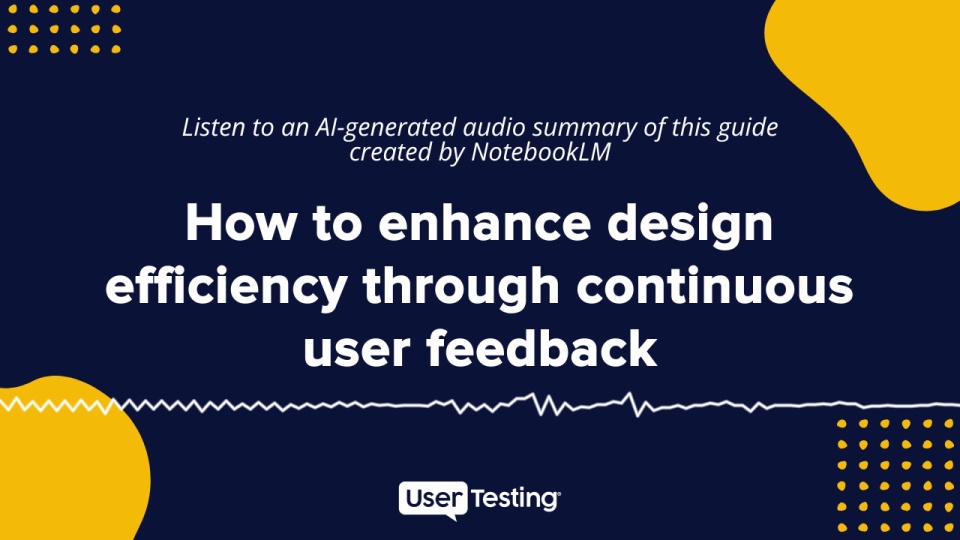
Early-stage discovery
During the discovery phase, you want to gain a better understanding of your customers, their needs, and frustrations. This can entail identifying and getting to know different personas or understanding high-level pain points. At this stage, you may not have a design idea or an endpoint in mind. You’re at a starting stage and in search of clarity on areas of opportunity. This is also a great opportunity to get feedback on initial concept ideas before moving forward with any designs.
Self-guided test
While it’s better to do a live interview for the discovery phase (it offers the opportunity to ask follow-up questions or pursue new areas and topics as the conversation evolves), if you’re short on time, you can also gather high-level information using self-guided tests.
Here’s an example of a test plan you could create:
Task: Go to the URL for a brand that you would visit to complete {activity X}.
Task: Explain why you selected that brand.
Task: Tell us about the last time you completed {activity X}.
- Task: Now show us how you did that.
Or, you can try this UserTesting test template to structure your early-stage design research:
Interaction tests
Once you have wireframes or high-fidelity prototypes, it’s critical to validate them early and often to catch usability issues and ensure your designs resonate with users.
In addition to self-guided tests and customer interviews, consider using interaction tests to capture screen-only recordings of how users perform common tasks on digital experiences. This approach provides clear behavioral data and complements qualitative interviews.
Some example tasks could be:
- Task: Navigate to a specific webpage to complete [activity X]. Observe how users interact with menus or features to uncover pain points.
- Task: Open the Figma prototype provided and complete the signup process.
Customer interview
Conduct an open-ended interview with Live Conversation on any topic, including:
- Who are you, what’s your background, and what are your needs?
- What are the challenges you encounter [doing activity X, in your job, etc.]?
- How do you accomplish [activity X]?
- What brands do you rely on to complete [activity X]? What do you like about each?
Read Autotrader's success story
Wireframing and prototyping
When you have some early sketches or designs, it’s important to get feedback to validate them before investing resources to build them out. Does the design make sense? Is it clear and intuitive to the user?
If you find out that something in your early designs is problematic, you can change it and then test again to see if it’s a better experience before proceeding to development or production.
User feedback is also a great way to settle internal design disputes. If your team can’t agree on a specific design the fastest, easiest way to choose confidently is to ask your users what they think. You can even have test participants evaluate multiple designs in a single session, enabling you to continue to iterate on your design direction until you have something everyone can agree on—especially your users.
You can test wireframes using either remote feedback method. However, there are some factors to consider that will help you choose the best method. Before conducting your test, ask yourself:
- Do I need to maintain control over the wireframe or prototype, or are there security concerns that would prevent me from sending this to a test participant?
- Will a test participant be able to interact with and navigate the wireframe or prototype without much guidance, even if it’s a complicated design or lower fidelity?
Self-guided tests are best if you know users will be able to interact with your design without much guidance or explanation and if you have an easy way to share your design.
Live user interviews are best if you want to ensure your designs are only shared with the test participant during the duration of the test. They’re also more effective if you think a test participant may get confused about a prototype or design (you can still do this via a self-guided test, just be sure to be very clear in your instructions and anticipate any questions or areas needing additional explanation.
Self-guided test
Provide a link to your design (such as from a third-party design tool or a third-party hosting solution) to get feedback about early design ideas.
You can also upload an image or prototype to UserTesting’s secure prototype hosting. Your designs will only display during the test.
It’s common for test participants to mistake prototypes (especially high-fidelity ones) for live sites or apps. Make it clear in the task directions that this is a prototype with elements that the test participant can’t select.
They should speak out loud about what they would do if they encountered the webpage or app.
UserTesting helps you securely host prototypes to protect your designs while testing.
- Task: Walk through this prototype and describe what you would do to accomplish [specific goal].
- Tip: Be clear in instructions that users are testing a prototype, not a live product.
See how streaming music company Deezer tested prototypes to build an innovative feature customers love.
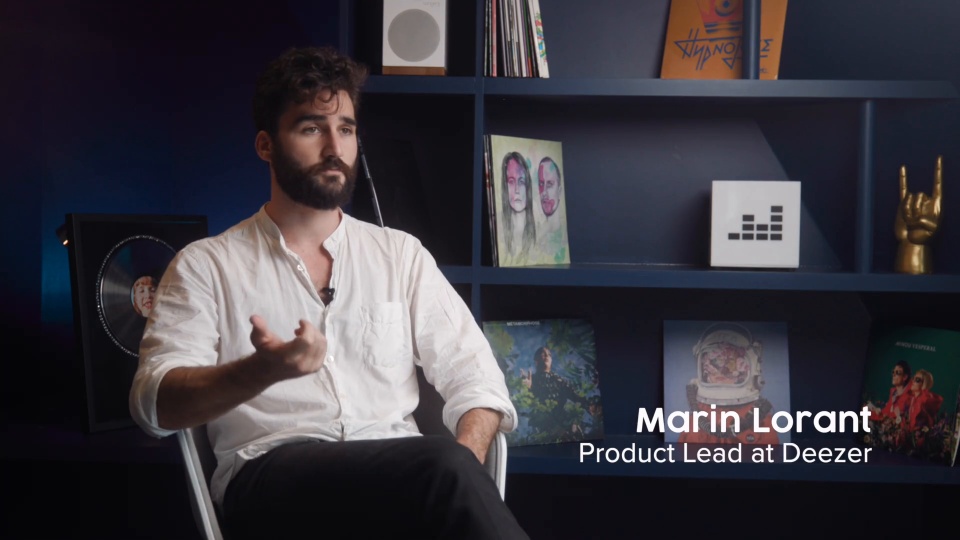
Live user interview
Share prototypes during the live session to maintain control over your designs while getting feedback. Learn more about sharing your screen in our Help Center.
As with interviews conducted during the discovery phase, the flexible and dynamic interaction gives you an unrestricted opportunity to gain insights. This helps you to radically reimagine and redesign your product before any development begins.
This is also a good option if you have more complex designs that might be confusing if presented during a self-guided, unmoderated test. Presenting your designs during a live session offers you the best of both worlds. It gives you control over when, where, and with whom your designs are shared. It also allows you to guide test participants if they encounter challenges.
Development and pre-launch
During development, testing milestones ensure alignment with user needs. Catching issues at this stage saves costs compared to fixing them post-launch.
If feedback indicates there’s a problem or something that requires attention, you have the opportunity to fix these issues before proceeding to the next milestone. Studies show that problems that are discovered and fixed after a product release have 100x the cost compared to when issues are identified and addressed while in development.
It’s also worth noting that many things are happening in tandem as a product or experience is readied for launch. This is around the time that marketing and other GTM teams are preparing their campaigns and other promotional assets. These GTM projects also benefit from customer feedback to ensure that the messaging and promotional activities line up product capabilities with customer needs and preferences.
Self-guided test
Share a link (plus any necessary login information) for test participants to access your staging environment so you can see how they attempt to accomplish tasks using the product at that point.
You can also upload an image to UserTesting to get feedback on imagery or even ads prior to launch.
Live interview
Conduct a live feedback session and share your desktop or mobile screen to show the new product in a staged environment. Bonus: Give the test participant mouse/ keyboard control to give them more “free reign” as they interact with the experience.
Post-launch
Even after a new design has launched, it’s important to continue monitoring to address problems or to keep evolving the experience to keep up with experience best practices and user expectations. For example, your team may wonder, “Why are people dropping off at this stage in the workflow?” You can understand why this is happening by gathering qualitative insights and using that feedback to continuously inform your design updates.
Qualitative insights are great when paired with analytics or quantitative metrics you may be tracking already. Together, they provide a fuller understanding of the why behind user behaviors.
Self-guided test
Identify areas where you want a fuller understanding of how customers are interacting with or perceiving products, experiences, or messaging. Be sure to get feedback of live experiences across multiple touchpoints along the customer journey. They can include:
- Areas with low user adoption
- Unexpected user flows
- Areas with high user drop-off / low conversion
- High-performance areas, so that you can replicate winning strategies
Try our customer journey template
Live interview
Identify areas where you want to get more insight and have a dialogue with customers about those sections in particular.
Understand how well the new release is meeting customer needs and uncover new wants and needs.
Another idea: Have users show how they’re actually using the design that was released (and compare this to what you learned during Discovery!)
Learn how Costa Coffee explored their customer's journey across multiple touchpoints with participants around the world.
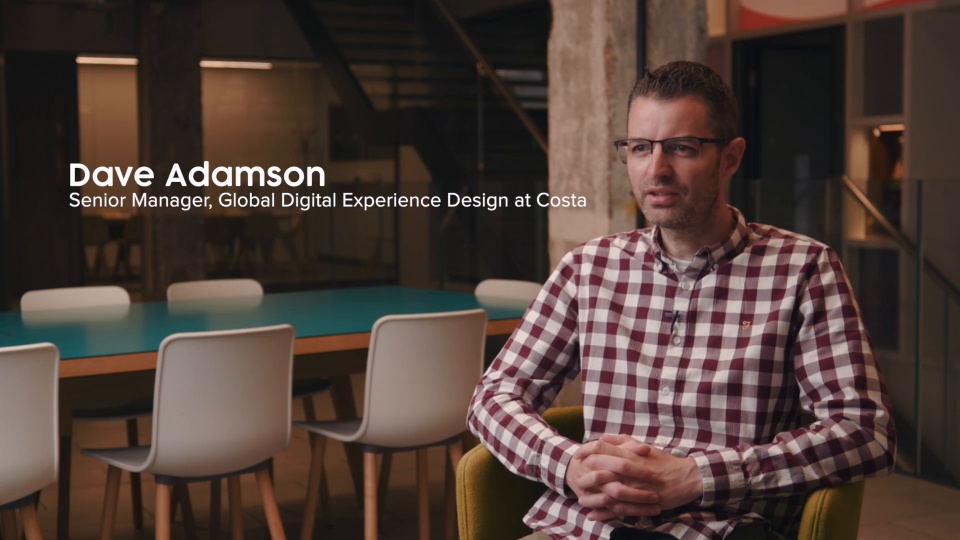
Let user feedback be your design inspiration
User feedback is your greatest ally in creating intuitive, impactful designs. By incorporating insights at every stage of the process, you can minimize risks, innovate confidently, and align your team around data-driven decisions.
If in the course of development, you get feedback that creates the opportunity to pivot and change direction or creates an offshoot project for another team to pursue, these are moments to regroup and decide how to proceed. The point is this: let feedback from your users be your guiding light—your proverbial North Star—to ensure that all the work, time, and other resources you put into creating newer and better experiences line up with what your users want.
Feedback that inspires design
Let user feedback inform and inspire your team's design process. Book a meeting today to learn how UserTesting can boost your team's design efficiency with human insights.

